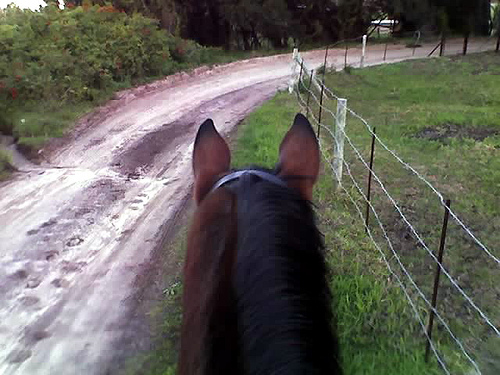How to Strategize Your Writing Milestones
For the last few weeks I’ve been delving into creating a practical, realistic strategic goal for your writing career. What this really comprises is many small milestones leading to perhaps many writing goals.
I touched on the first two of four components needed in formulation your strategic goal for one or more years, and those are vision and strategy. Next week I’ll wrap up with tactics and action.
We looked at how important it is to set up milestones or mile markers by working backward from your vision of where you see your writing career by the end of 2023. With each specific goal you hope to reach, you want to come up with specific milestones that are doable in a certain amount of time. Working backward is the best way to do this.
Start with the Last Milestone and Work Backward
Look at one of your goals for the end of next year. Then think: What is the last milestone I have to reach before I can achieve that goal?
Let’s say you want to write a historical novel set in the 1940s about Alcatraz Prison in the San Francisco Bay. Your goal is to complete that novel by the end of the year and turn it in to your agent, which means it needs to be polished and as ready for publication as possible. So perhaps you feel the last milestone you need to reach is to have the book professionally critiqued, and then edited.
You plan then to have the final draft done by October 1, and have already lined up your editor so that your book is scheduled to have this done. Now work backward from there.
What do you need to do before you can finish that book?
Well, you have to write it. And in order to write it, you know you need to do some research.
You determined that part of your research will involve taking a trip to visit Alcatraz to see it for yourself, in order to bring in all the sensory details you long to put in your book. And you have to do other research as well, but you figure you can do that at home, online or reading books you’ve ordered.
So when should you take that trip? Well, when do you plan to start writing the book? How long will it be? How long will it take to write? If you’ve written other historical novels, you might have a good idea. If not, you may want to give yourself extra time to allow for problems or difficulties you might run into writing this book. Maybe you want to interview some people who actually lived on Alcatraz, or go take some other trips your investigations lead you on.
Move Those Milestones Around
Now you have a handful of milestones to set up. You can draw out a timeline on a piece of paper and play with these things, then stick your milestones in place (putting each on a sticky note makes it easy to move them  around).
around).
Maybe you can plan that trip to Alcatraz right after the kids get out of school in June, making it a fun family vacation (although I found wandering around the prison and looking in those tiny confining cells a bit disconcerting!). This way you can combine your goals–to write your book and spend more time with your family by taking a cool vacation.
Now you might set one milestone that says “June 26-30: visit Alcatraz, take notes, pictures, etc.” Then another milestone can follow: “July: add material to book/outline based on research gathered on trip.” You figure you better have started that novel long before the trip, so you have milestones (working backward) that say “Create outline for book” and “Do initial research” and “Start writing!” Maybe by the time June rolls around, one of your milestones is “Have at least half the book written.”
I hope this helps you see how you can take the vague vision you might have and break it down into “bite-sized pieces.”
You can do this creatively with goals like “I want to be a best-selling author by the end of 2024.” What does that look like to you? Getting a traditionally published book on the New York Times best-seller list? Or having your ebook hit the top ten Amazon list of top 100 paid ebooks for one month?
Each of those goals requires different milestones—some you might have control over and some you might not.
Regardless, work backward with your milestones and set reasonable times for you to reach them. And, remember: if you don’t reach them in the time you’d hoped, you can either reevaluate your goals or move the milestones back.
You may need to rewrite the milestones a bit or add a few more between them as you work steadily toward your destination. But the key is to fix your sight on your vision and work steadily toward it.
Featured Image by Lorri Lang from Pixabay










